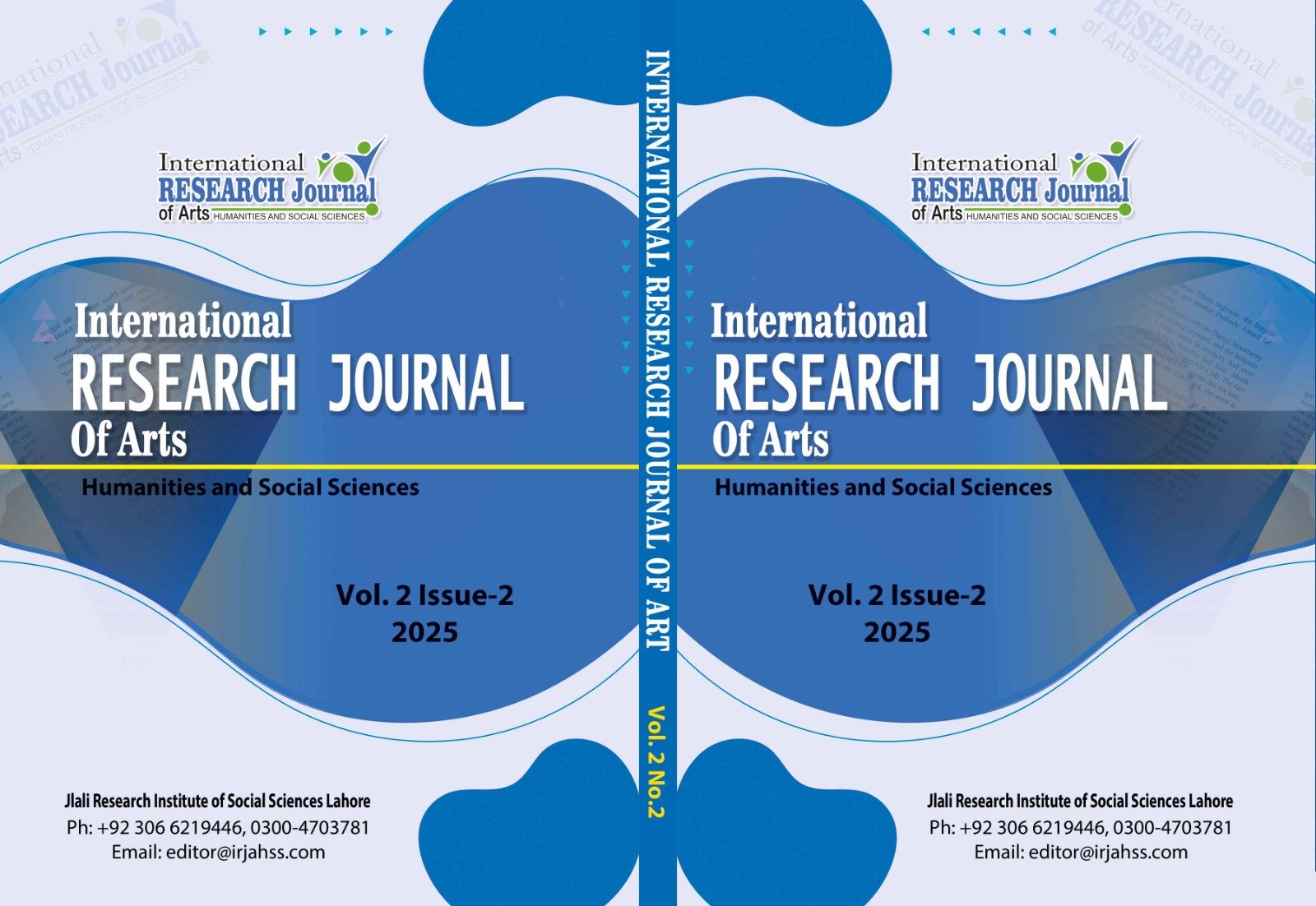The Mughal Empress Nur Jahan: A Fashion Icon of Her Age (1577-1645)
Keywords:
Nur Jahan, Fabrics, Textiles, Women, Mughal FashionAbstract
During the Mughal Empire rule between 1526 and 1707 fashion emerged as a way to show identity and power through art and culture. This study examines how Empress Nur Jahan (1577–1645) brought high fashion for Mughal India and made it a refined expression of modern style during her reign. This research examines both Mughal style and Nur Jahan's special role as a leading fashion designer of her era. Her elegant design principles from Persian culture helped the Mughal style evolve by adding multiple fabrics colors and patterns reflective of imperial openness. Through her stylistic blend of Persian and Indian materials and decoration Nur Jahan both transformed Mughal fashion and made it important worldwide. Female fashion designers studied Mughal trends because of Nur Jahan's worldwide influence as a fashion icon. It is a qualitative analysis based on archive research and study of Tuzk-e-Jahangiri to examine how Nur Jahan shaped Mughal fashion. Secondary sources supplement primary research to show how Nur Jahan's work changed society during that era. This research places Nur Jahan's fashion achievements in the context of Mughal history to argue that her work molded an enduring design legacy which motivates fashion creators today.
Downloads
Downloads
Published
Issue
Section
License
Copyright (c) 2025 International Research Journal of Arts, Humanities and Social Sciences

This work is licensed under a Creative Commons Attribution 4.0 International License.
Disclaimer: The International Research Journal of Arts, Humanities and Social Sciences (IRJAHSS) upholds the principles of open access, ensuring unrestricted access to scholarly content to foster the sharing and advancement of knowledge. The opinions expressed in the articles solely belong to the authors and do not necessarily reflect the views or policies of the journal's editorial team, editorial board, advisory board or research institute.






